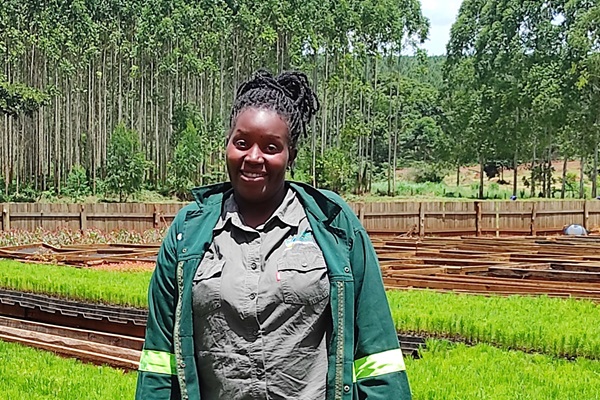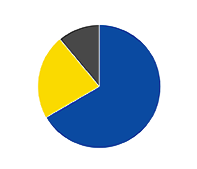The European Union (EU) and FAO are driven by a mutual commitment to end poverty, hunger and malnutrition on the planet. This partnership is based on shared interests, a common vision, and joint efforts to achieve the 2030 Agenda for Sustainable Development. Together, the EU and FAO leverage innovative approaches, tools and products that benefit the global community, while also serving as important agents of positive change for millions of people in developing, emerging and developed countries, including those in the European Union. [Read more]
Key Facts
USD 230 million
Total voluntary contributions from the EU in 2023, making it the largest long-term contributing member to FAO development projects.
Results Highlights
Ongoing Projects
| Title | Supporting a Blue Transformation: Implementation of the Guidelines for Sustainable Aquaculture and Empowerment of Small-scale Fisheries Actors - GCP/GLO/1225/EC |
|---|---|
| Project Code | GCP/GLO/1225/EC |
| SDG(S) |
| Title | Sixth PSMA Global Capacity Development Programme Support Project - GCP/GLO/1200/EC |
|---|---|
| Project Code | GCP/GLO/1200/EC |
| SDG(S) |
| Title | Enhanced data collection and monitoring for sustainable spiny lobster fisheries in the WECAFC region - GCP/SLC/225/EC |
|---|---|
| Project Code | GCP/SLC/225/EC |
| SDG(S) |
News

EU-FAO leverage partnership towards more efficient, inclusive, resilient and sustainable agrifood systems
21/06/2024
Rome/Brussels - The European Union (EU) and the Food and Agriculture Organization of the United Nations (FAO) concluded on Thursday...

News
FAO and EU launch 15 million euro project to boost sustainability of Uganda’s forestry sector
15/04/2024
The Food and Agriculture Organization of the United Nations (FAO) has launched a 15 million euro ($16.29 million) project funded by the European Union...
Stories





